Both water-based solvents and solvents with chemical or organic constituents are used in ultrasonic cleaning solutions. However, detergents and surfactants, or wetting agents that lessen water’s surface tension, make up the majority of them. Additionally, cleaning solutions are selected based on how well they flow. When the fluid is stagnant, standing wave patterns are easier to generate, which increases the cavitation strength. Read More…
Since 1972, Esma Inc. has been producing quality ultrasonic cleaners, as well as benchtop electropolishing equipment. Esma offers a unique and progressive approach to automating the ultrasonic cleaning process.
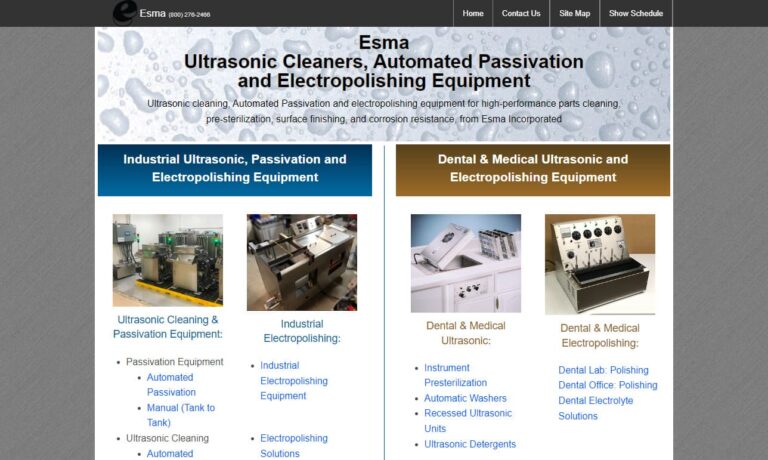
Since 1992 Telsonic Ultrasonics has been manufacturing ultrasonic cleaners such as compact cleaners and industrial tanks. As a specialist in ultrasonic technology, we offer innovative applications within the parts and optics industries and even chemical and pharmaceutical products. Our brand new facility houses cutting-edge technology where we strive to improve the quality of our products.

Great Lakes Finishing Equipment, Inc. is a full line supplier of aqueous and semi-aqueous ultrasonic cleaning equipment. Equipment includes benchtop cleaners, tank and generator series, immersible transducers, console systems and engineered systems. Our customers include defense, aerospace, medical, firearms and industrial.

Sonic Systems is a recognized leader in the design and manufacture of both ultrasonic cleaners as well as ultrasonic cleaning systems and components for a broad range of industries. We also offer aqueous cleaning equipment and systems.
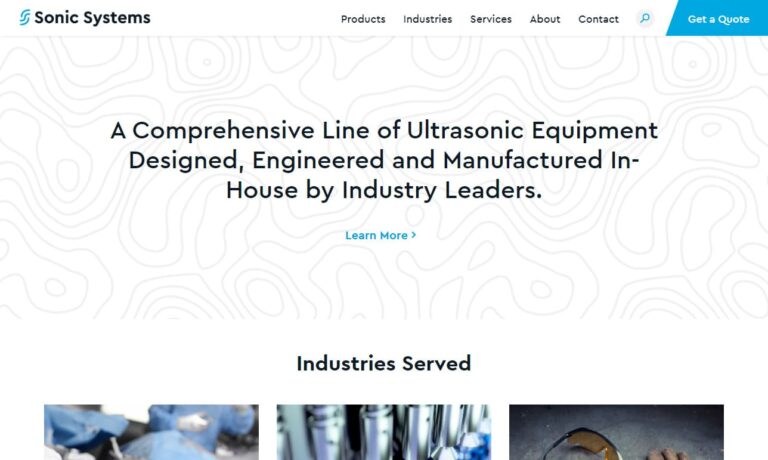
More Ultrasonic Cleaning Solution Manufacturers
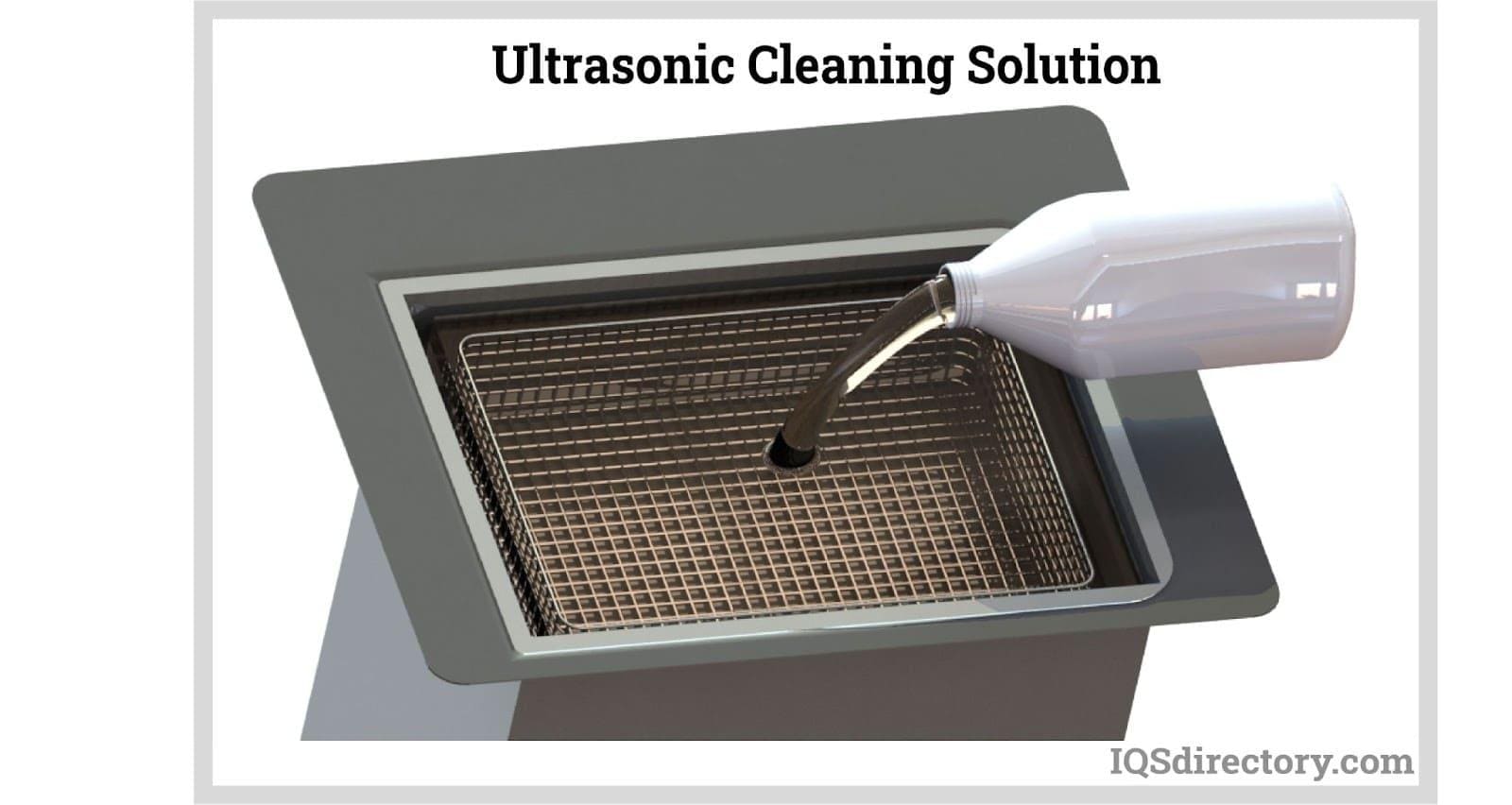
The solution is heated to over 100 degrees Fahrenheit (37.7 °C); flammable solutions are avoided due to the fire risk. Acids and bleach are also rarely utilized since they harm numerous materials, including stainless steel, and put ultrasonic cleaner workers in dangerous settings. Glass, ceramics, and plastics require synthetic solutions that are either moderately alkaline or neutral, whereas metals like stainless steel, iron, and magnesium require very caustic solutions.
Types and Applications of Ultrasonic Cleaning Solutions
Just as crucial as picking the best ultrasonic cleaner is picking the appropriate ultrasonic solution for the product. The best place to start is to assess what is being cleaned, the material it is made of, and the substance being removed. Ultrasonic technology can clean various products, including watches, industrial parts, dental tools, medical equipment, and other items.
However, different solutions are better designed for items made of different materials. Additionally, some cleaners are better suited than others to remove specific materials from the thing being cleaned, such as grease, oil, waxy compounds, or carbon residue. Using solutions with a lot of high-quality active components is crucial overall.
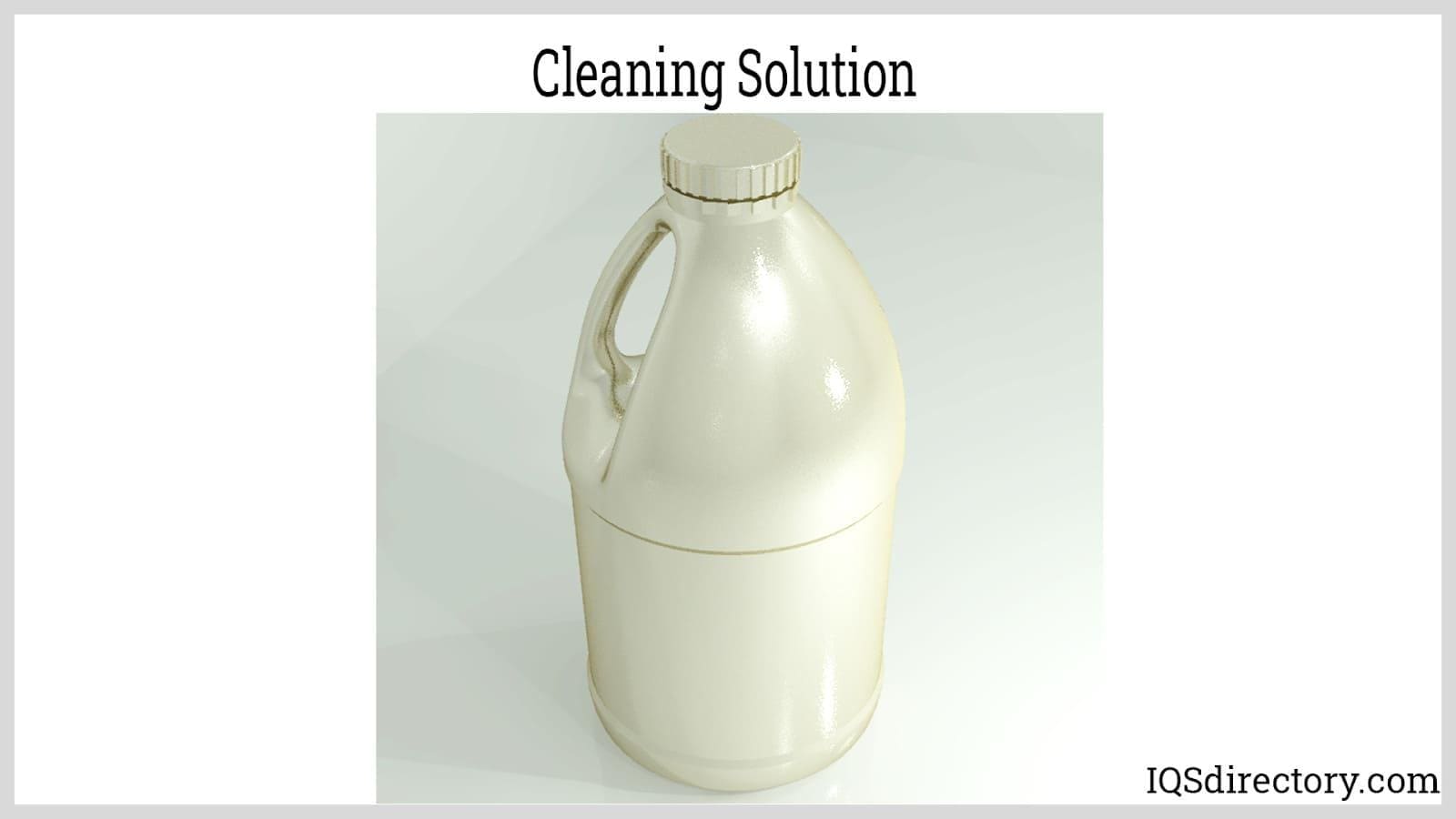
Aqueous Solutions
Aqueous solutions such as degreasers are solvent-free, water-based ultrasonic cleaning solutions. Professionals can use them to clean most plastics, ceramics, composite materials, and stainless steel, carbon steel, brass, copper, and magnesium. Compared to manual cleaning techniques, these solutions are simple; all that is required is to clean the item in an ultrasonic machine using a properly diluted solution before rinsing it with water.
Another advantage of these solvent-free solutions is that the solution can be heated when utilizing this chemistry to produce an even deeper clean. However, it is not advised to heat the cleaning agent when cleaning plastic because the substance can deform.
Applications in the Industry for Water-Based Solutions
Solvent-free cleaning solutions are the best for cleaning industrial equipment because they can get rid of light oils, greases, and soils from various materials, including aluminium, stainless steel, copper, brass, magnesium, and parts from 3D printers, as well as some plastics. Aqueous solutions are the perfect match for ultrasonic equipment in various industrial cleaning applications, such as parts finishing, parts detailing, metal finishing, pre-treatment, degreasing, and batch processing. These solutions even work on internal crevices and fractures.
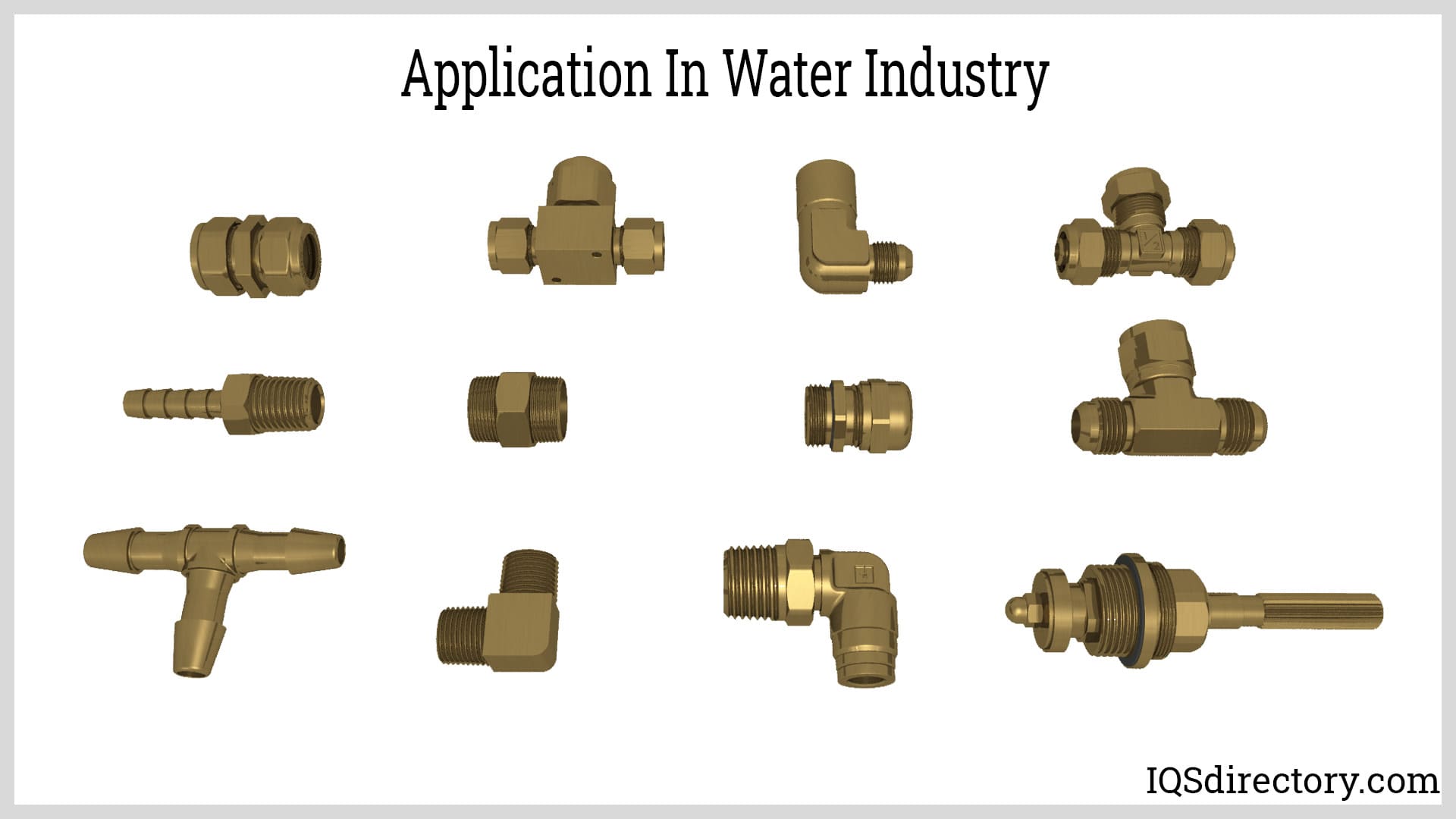
Alkaline Solutions
Alkaline solutions have a pH of 10 or higher; the more aggressive alkaline solutions have a higher pH. Depending on how powerful the cleaner is, it may or may not contain caustic soda. Almost all metals work well in moderately alkaline solutions (pH 11.0 to 12.5), including cast iron, steel, stainless steel, aluminium, zinc, copper, brass, and tin. They are also effective at cleaning glass, ceramics, and most plastics. Various tools can be cleaned with alkaline solutions.
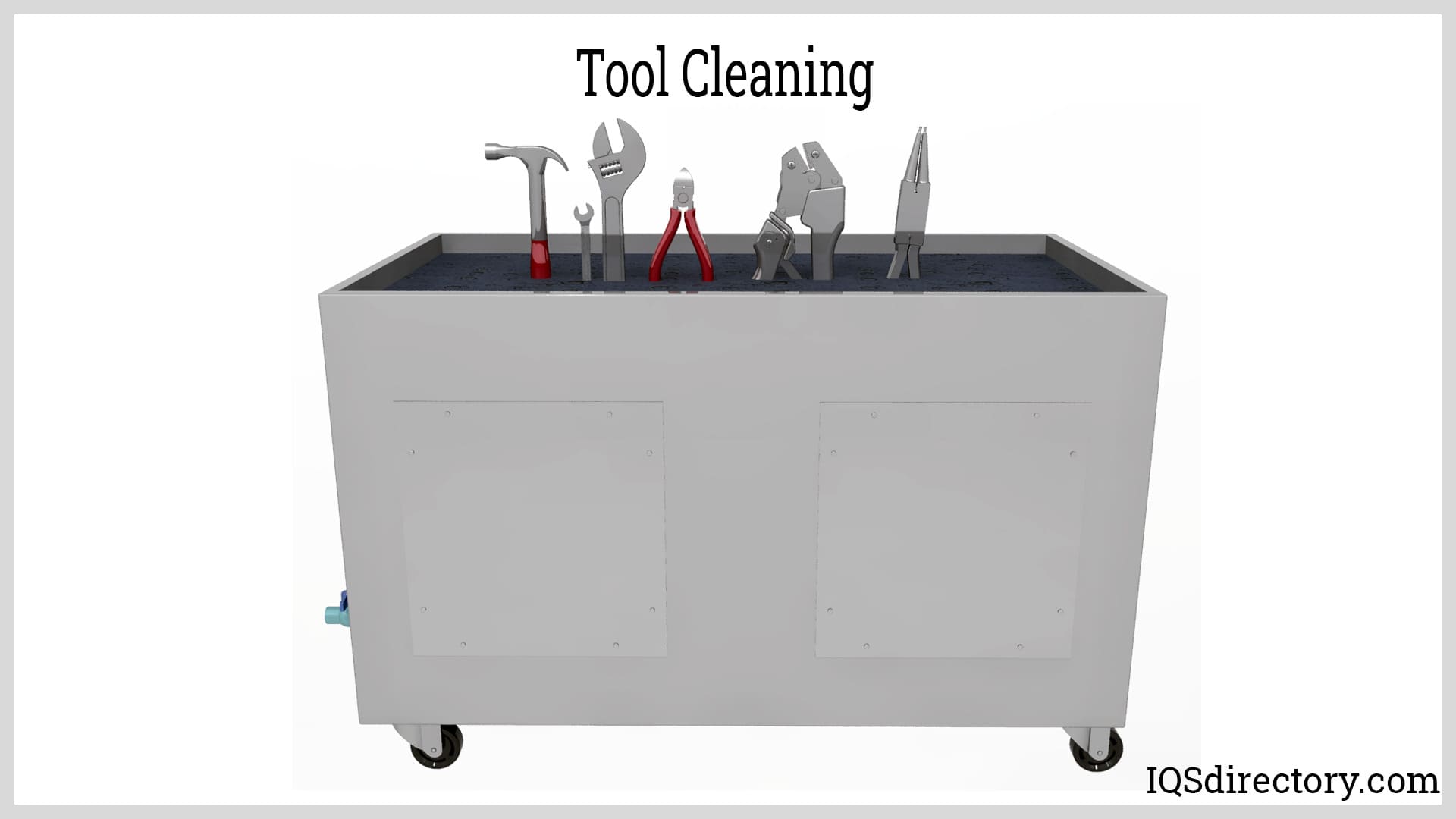
High Caustic Solutions
Alkaline solutions with a high acidic content are used in particularly difficult cleaning applications. Users should always start with milder alkaline ultrasonic cleaning solutions. Hydroxide- and silicate-containing high caustic cleaners effectively remove thick grease, oils, and waxes from cast iron, steel, and stainless steel. Magnesium must be placed in ultrasonic cleaners with a mild acidic solution to prevent damage to the component.
Acidic Solutions
Acidic solutions have a pH of 5.0 or lower, with cleansers with a lower pH being more potent. Since some acids will dissolve the base material while others won't, acid solutions are typically material-specific. However, as long as the solution contains inhibitors to safeguard the base metal, they are excellent for removing oxides from most metals.
Enzymatic Solutions
The purpose of enzymatic ultrasonic cleaning solutions is to eliminate protein-based impurities from components often used in the food and medical industries. Some enzymes consume protein, whereas others consume blood, fat, and amino acids. One can use them on glass and most plastics found in laboratories, but they are commonly utilized on stainless steel, titanium, brass, and aluminium.
Deionized Water
DI water is safe to use on nearly any material that can be submerged securely. Additionally, appropriate materials include those constructed of hard rubber, glass, epoxies, metals, fabrics, and plastics. This kind of part should be considered when using DI water as an ultrasonic cleaning solution because many components can quickly oxidize if removed from the solution unless placed in a wetting solution and immediately dried. Printed circuit boards, switches, small servo motors, and frictionless bearings are a few parts requiring particular post-cleaning care.
Choosing the Correct Ultrasonic Cleaning Solution Manufacturer
To make sure you have the most beneficial outcome when selecting an ultrasonic cleaning solution from an ultrasonic cleaning solution manufacturer, it is important to compare at least 4 companies using our list of ultrasonic cleaning solution manufacturers. Each ultrasonic cleaning solution manufacturer has a business profile page that highlights their areas of experience and capabilities and a contact form to directly communicate with the manufacturer for more information or request a quote. Review each ultrasonic cleaning solution company website using our proprietary website previewer to get an idea of what each company specializes in, and then use our simple RFQ form to contact multiple ultrasonic cleaning solution companies with the same form.

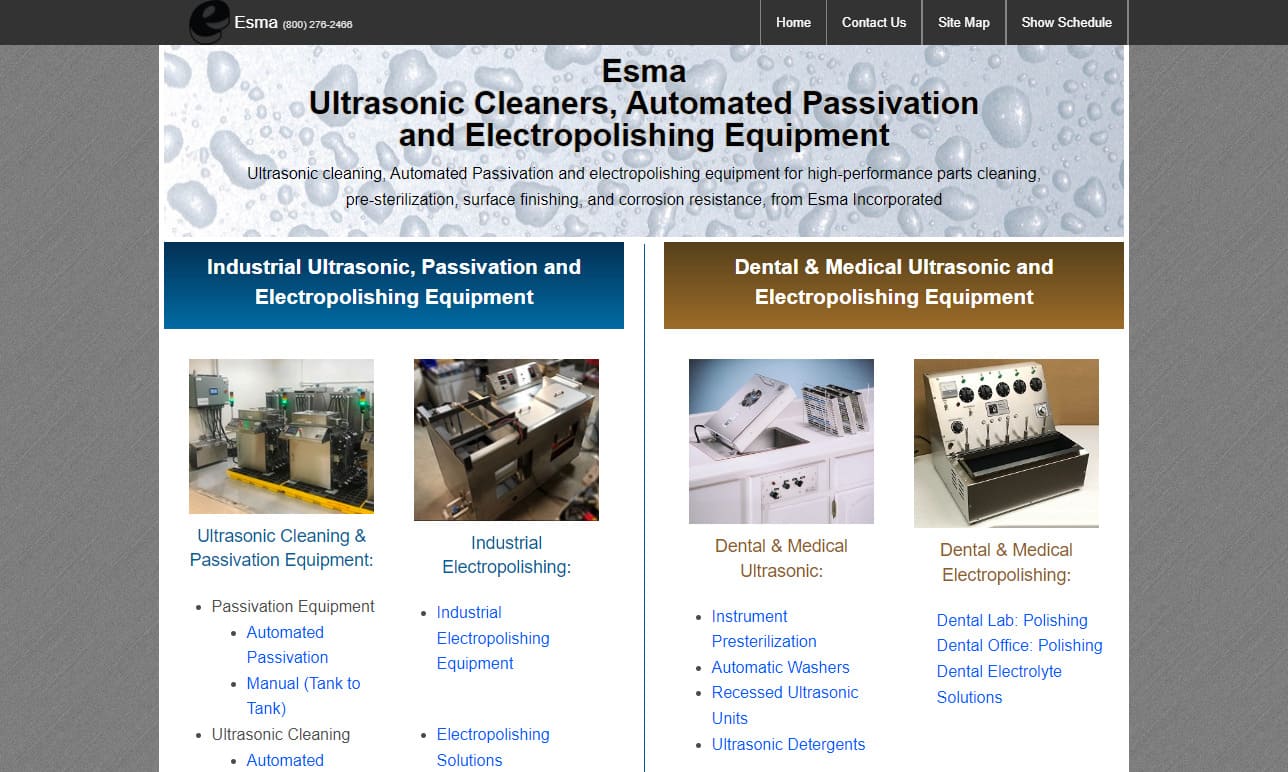

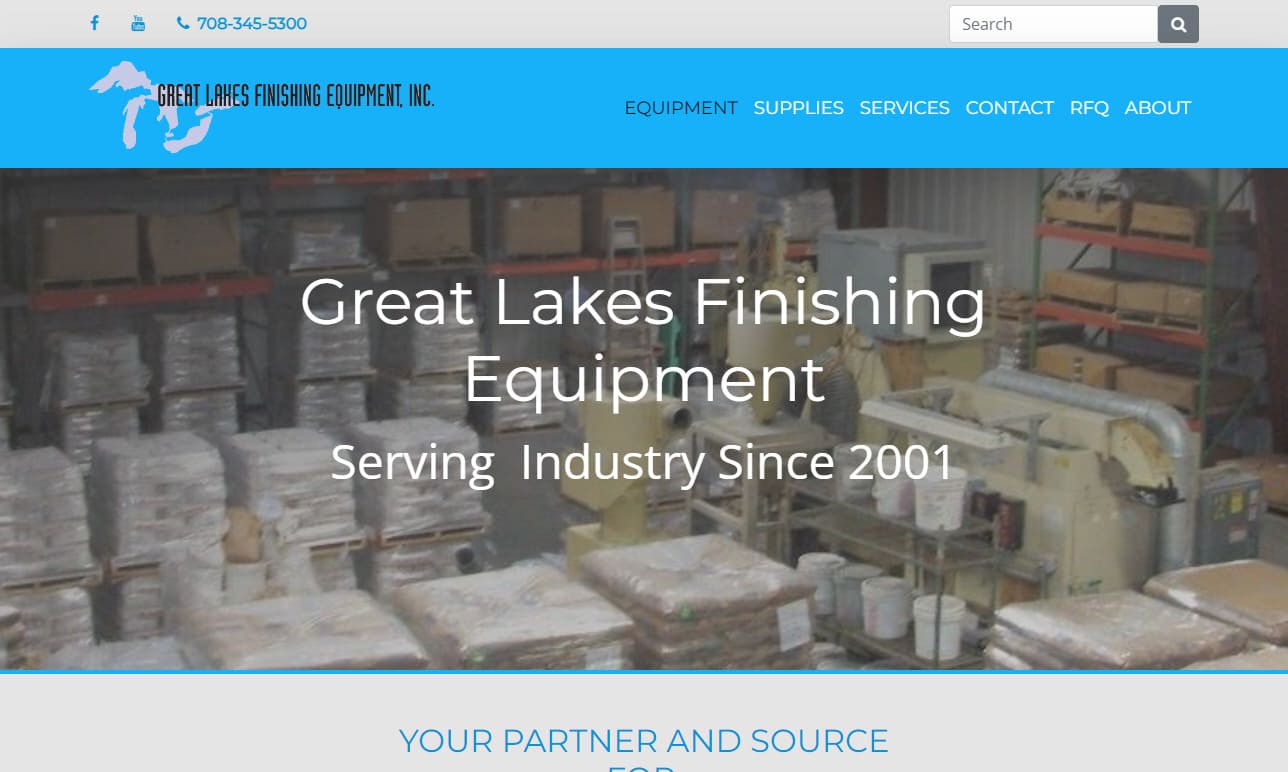
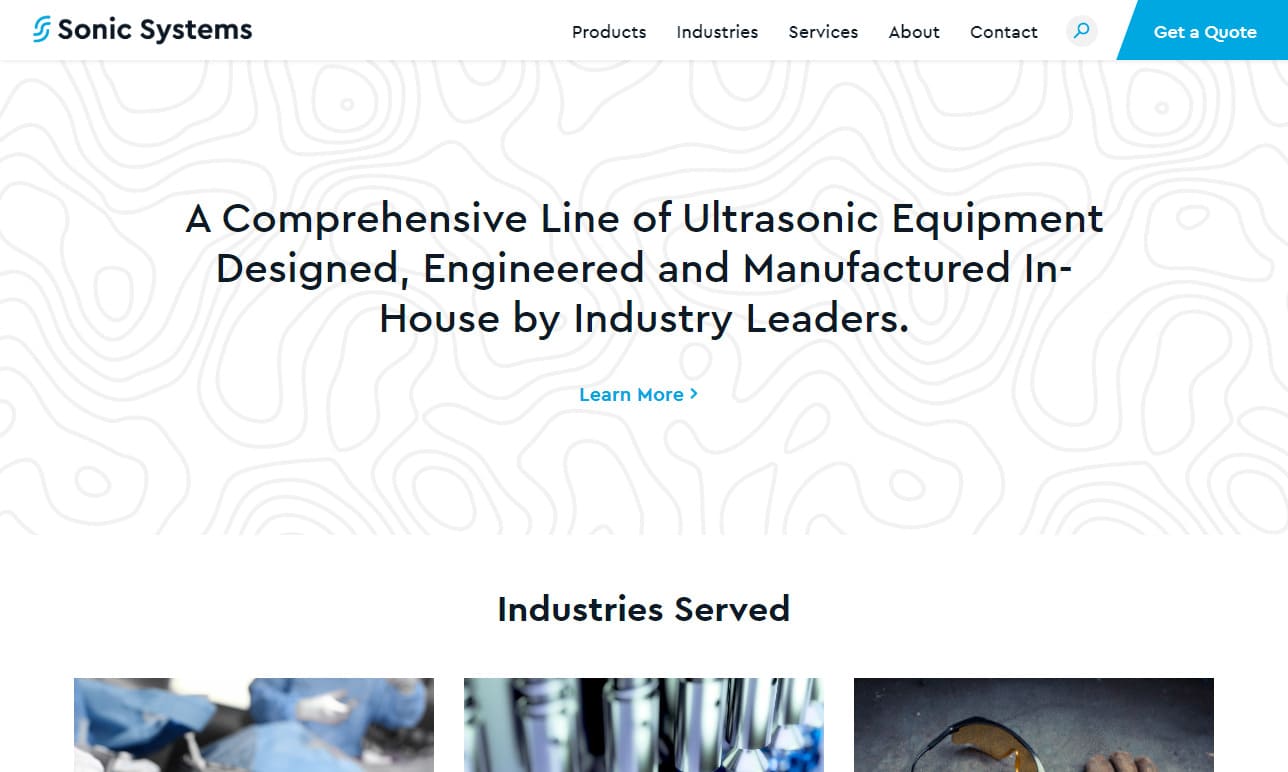
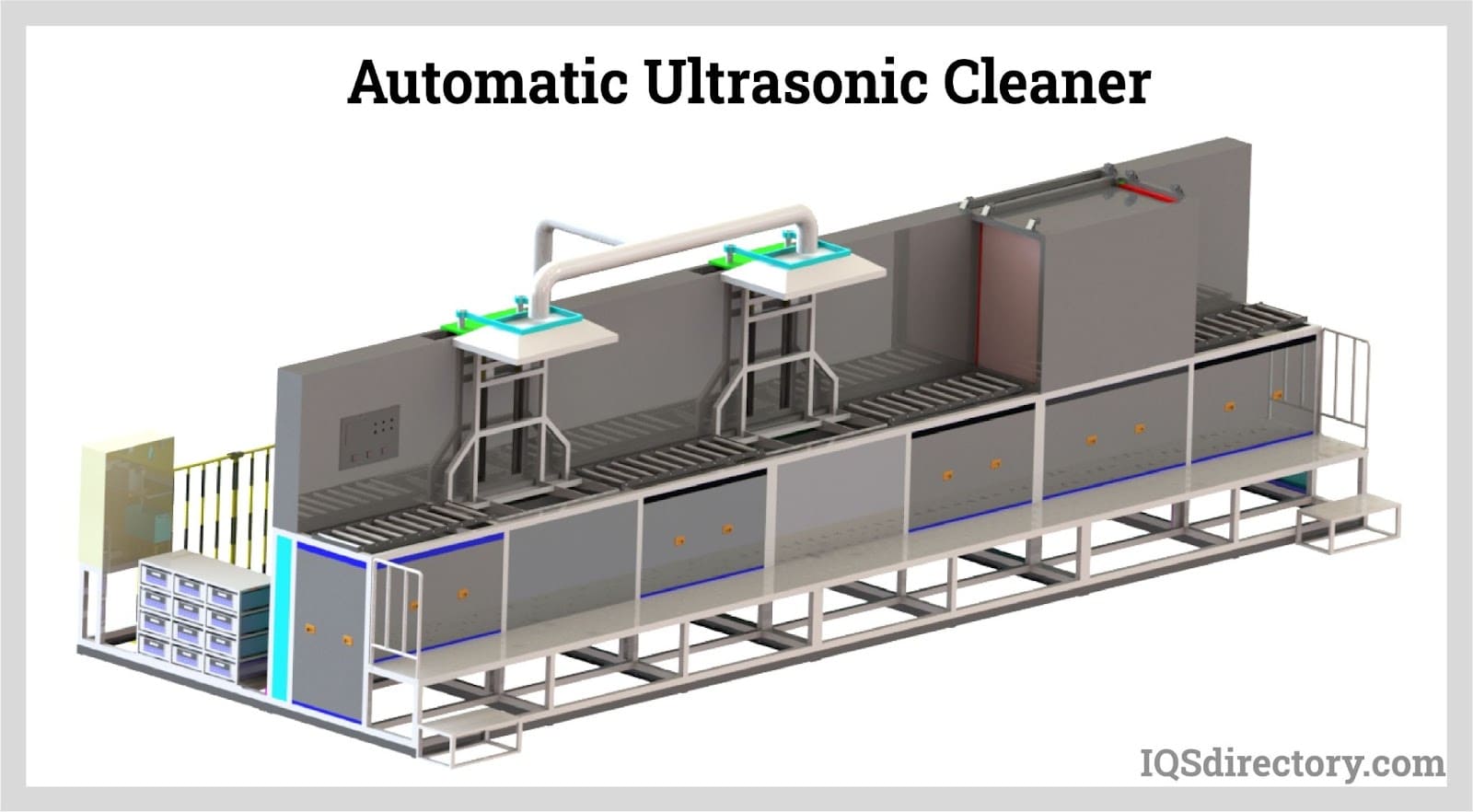
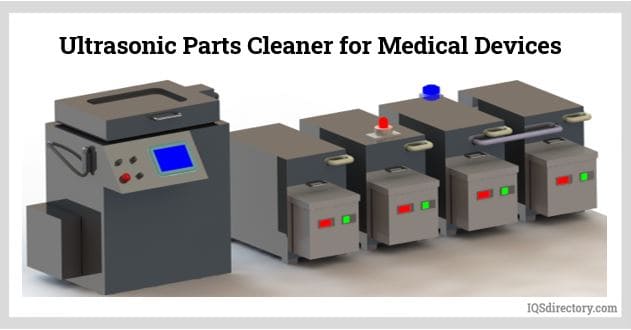
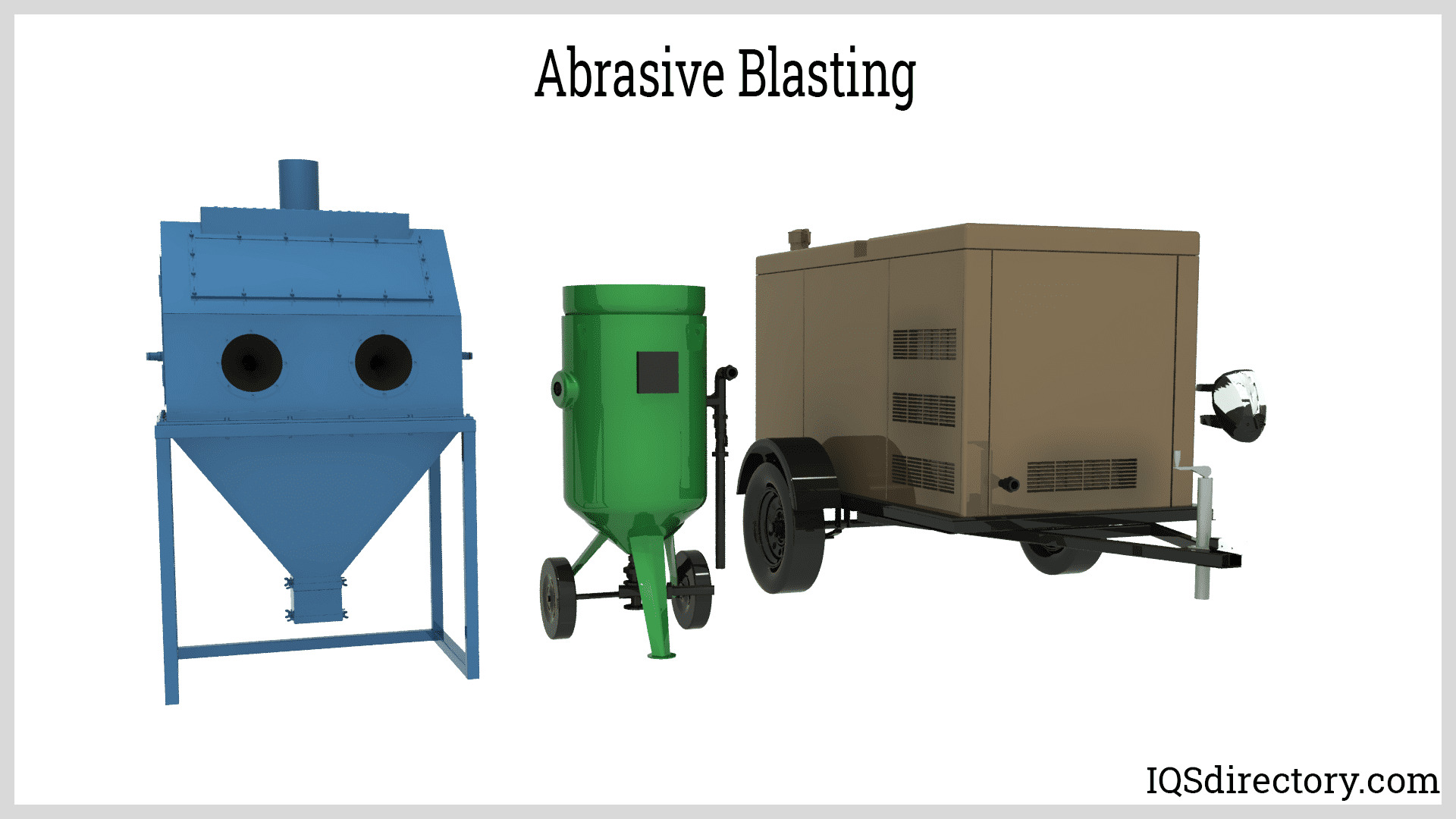

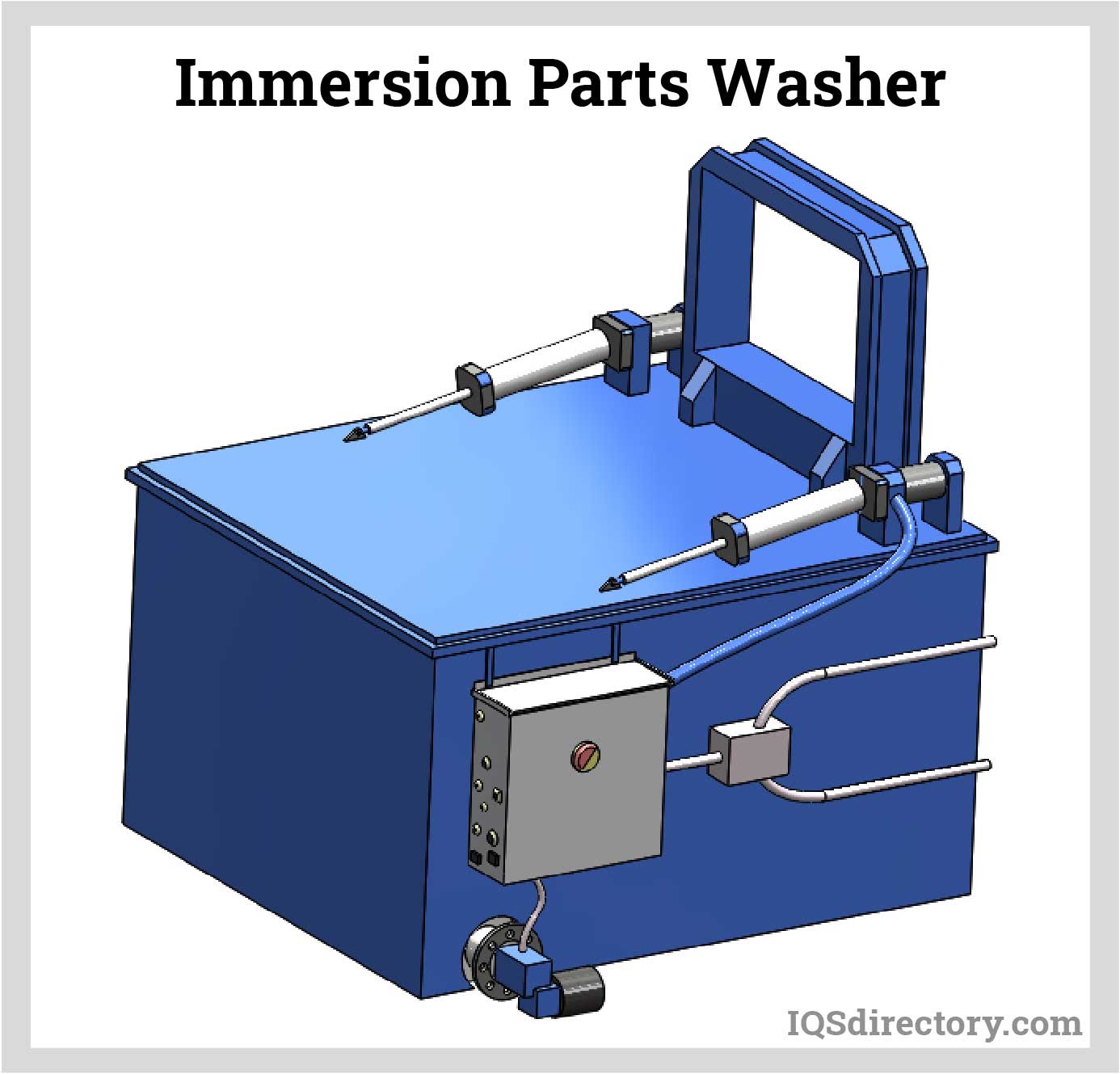
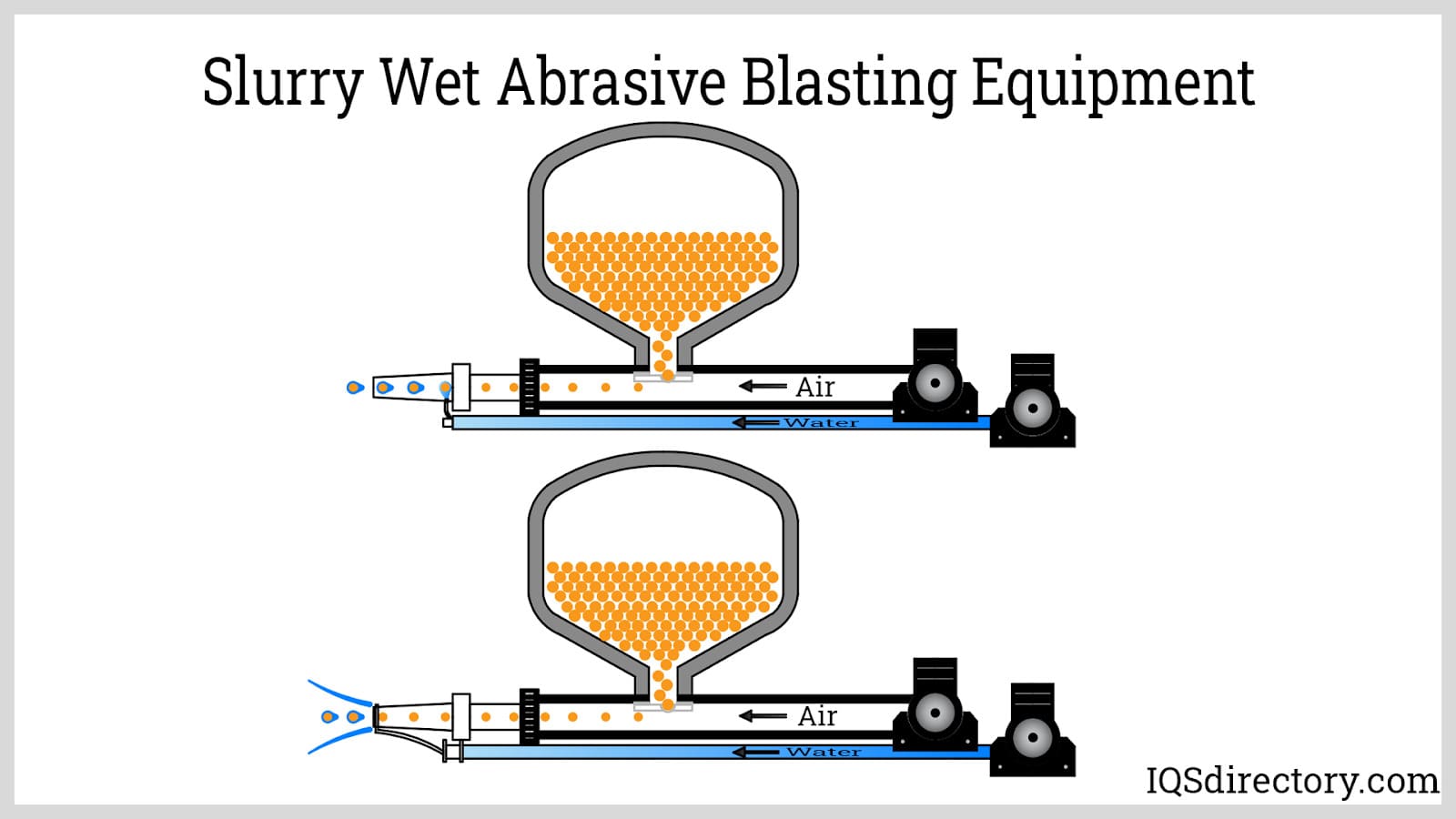
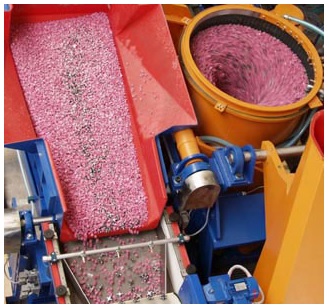 Deburring Machinery
Deburring Machinery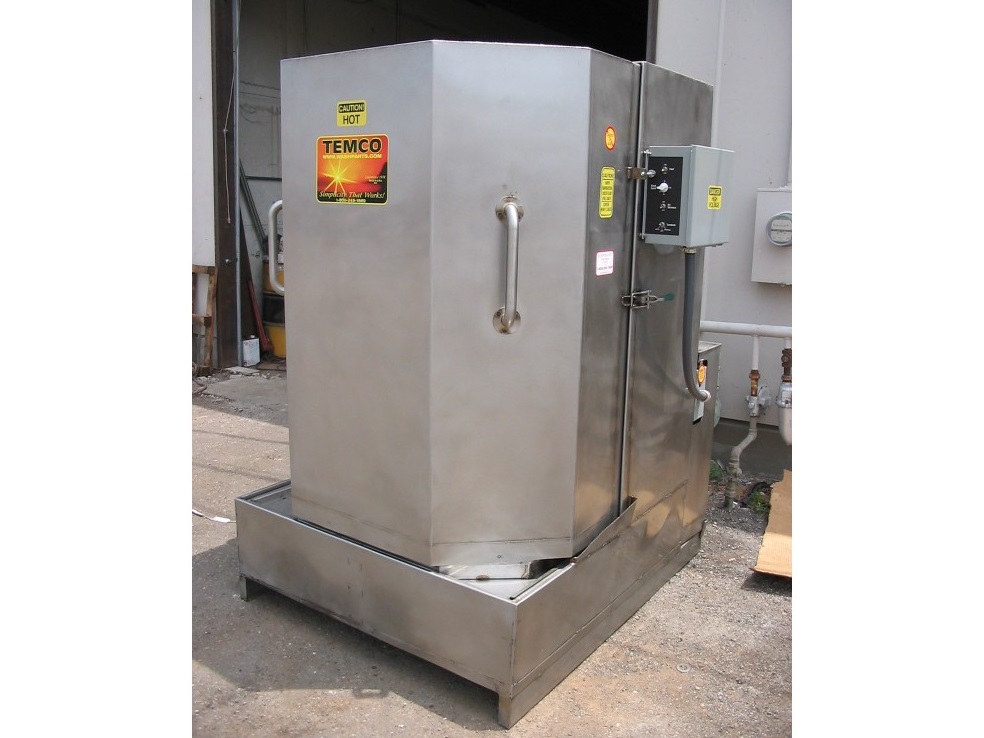 Industrial Parts Washers
Industrial Parts Washers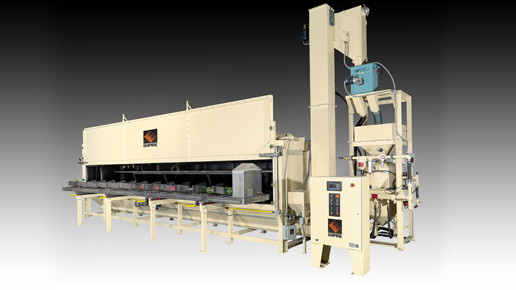 Sandblast Equipment
Sandblast Equipment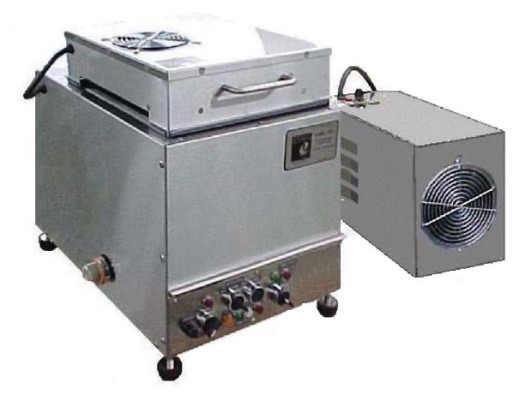 Ultrasonic Cleaners
Ultrasonic Cleaners Castings & Forgings
Castings & Forgings Bulk Material Handling
Bulk Material Handling Electrical & Electronic Components
Electrical & Electronic Components Flow Instrumentation
Flow Instrumentation Hardware
Hardware Material Handling Equipment
Material Handling Equipment Metal Cutting Services
Metal Cutting Services Metal Forming Services
Metal Forming Services Metal Suppliers
Metal Suppliers Motion Control Products
Motion Control Products Plant & Facility Equipment
Plant & Facility Equipment Plant & Facility Supplies
Plant & Facility Supplies Plastic Molding Processes
Plastic Molding Processes Pumps & Valves
Pumps & Valves Recycling Equipment
Recycling Equipment Rubber Products & Services
Rubber Products & Services